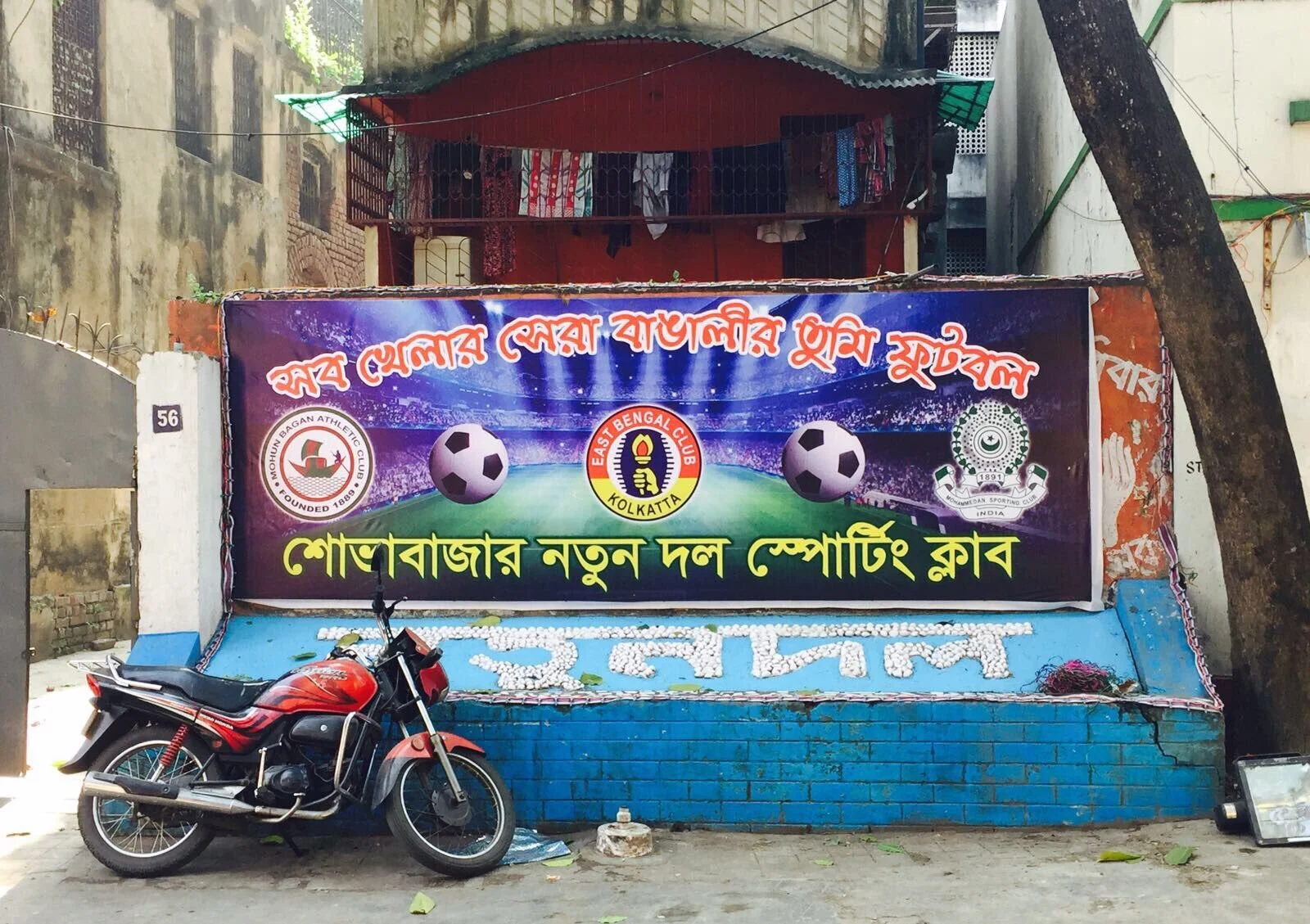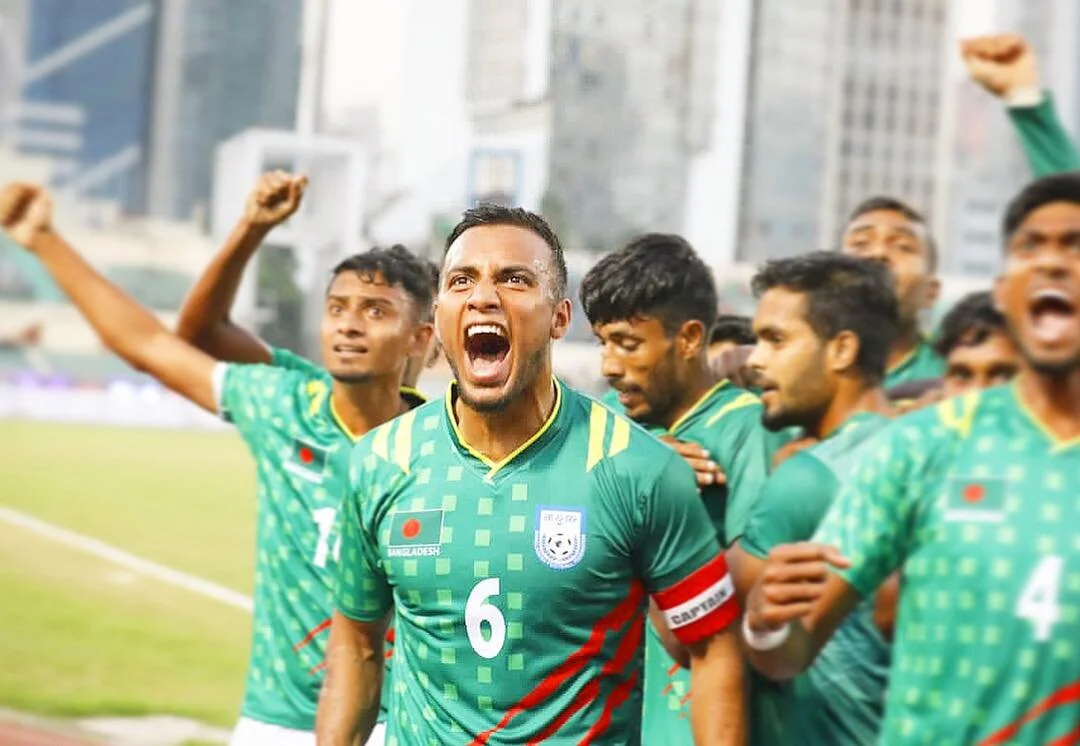After years of obscurity, football in India is ready to experience an exciting renaissance.
Since the formation of the Hero Indian Super League in 2014, a growing number of international stars started playing in the subcontinent. For several foreign players, India is now one of the major destinations as the country aims to become an Asian football powerhouse. Having a highly competitive domestic league - one of the most unpredictable in Asia, encourages fans to closely follow each game. The relative success of Indian clubs across the continent buys them a growing fan base.
The ISL is currently preparing for a new thrilling season in the shadow of the coronavirus pandemic. In order to understand Indian football’s real essence and exciting near future, it is important to understand where it all started for the South Asian sleeping giant.
From Britannia to Kolkata
Football in India was first played in the 19th century when it was introduced by British regimental teams and missionaries. Football has been uniquely tied to the subcontinent’s history and has closely reflected the social and cultural life of India. Despite India being a cricket-loving nation, there are several areas in the country where football is the dominant sport: North-Eastern India, West Bengal, Goa and Kerala.
Since the pre-Independence period, three clubs have played a major role in Indian football, leaving their mark on the entire subcontinent. Mohammedan Sporting, East Bengal and Mohun Bagan are the oldest clubs in India and hail from the city of Kolkata, the capital of West Bengal. The passion for football in this part of the country knows no bounds. Let’s take a look at the clubs in the “Mecca of Indian Football”.
Mohammedan Sporting was founded in 1891, wearing black and white. During British rule, Mohammedan became a symbol of resistance to the British oppression; It is also the first Indian club to win a match on foreign soil. Despite being based in Kolkata, the club has fans all over the country. Sadly, it is currently languishing in the third-tier of Indian football.
East Bengal was established in 1920, wearing red and yellow. EB is one of the most successful clubs in India, having won the national league thrice and the ASEAN Club Championship in 2003 amongst several other accolades. Speculations suggest that the club is all set to enter the ISL and participate in the tournament for the first time, in the upcoming season.
Mohun Bagan is East Bengal’s fierce rivals and was founded in 1889 wearing green and maroon. The club has won the national league on five occasions, and is also the first all-Indian side to win a championship over a British side when they triumphed over the East Yorkshire Regiment in 1911. However, earlier this year the club merged with defending ISL champions ATK. ATK is the record-holding winner of the ISL, having won the title three times. The club was co-owned by La Liga giants Atletico Madrid and was known as Atletico de Kolkata. The sponsorship deal was called off in 2016, and they are now simply called ATK. As if this adventure wasn’t enough, ATK and Mohun Bagan merged in January 2020, and will now embark on a new journey as ATK Mohun Bagan.
The Kolkata Derby between East Bengal and Mohun Bagan is not only the biggest rivalry in Indian football but is also considered as one of the biggest rivalries in world football.
The biggest clubs in the Goa region are – Dempo, Churchill Brothers and Salgaocar. But none of them currently play in the top tier. FC Goa is the most popular club in the region now, and last season they even made history by becoming the first-ever Indian club to directly qualify for the AFC Champions League group stage.
The Indian state of Kerala boasts one of the most widely supported clubs – Kerala Blasters. Other notable clubs are two-time ISL champions Chennaiyin FC; Bengaluru FC, who were champions in 2018-19 and AFC Cup runners-up in 2016; and Mumbai City FC, which is a part of the City Football Group (CFG).
The combination of clubs with a rich and diverse history along with new clubs with professional approach and infrastructure is a sure recipe for the ISL to offer us a very exciting competition. But how exactly does it work?
ISL Structure & Format
The Hero Indian Super League (ISL) is the top tier of Indian football. This is followed by the Hero I-League and the Hero I-League 2nd Division, which are the second and third divisions respectively. The main cup competition is known as the Hero Super Cup.
The 2020/21 season will witness 11 teams each participating in both the ISL and the I-League. In the ISL, teams play each other twice in the league stage, after which the top four teams qualify for the playoffs. In the playoffs, the league stage winners lock horns against the fourth-placed team whereas the second-placed side is up against the third-placed side. The playoffs are played across two legs, which are followed by a single-leg final match, to determine the champion.
On the other hand, the I-League 2nd division consists of 17 teams (including reserve sides of some first and second division clubs). There is a normal promotion-relegation system between the second and third divisions but, the ISL is currently a closed league. It will introduce promotion and relegation in the 2024/25 season.
The continental slots for India are a bit complicated. The winner of the league stage (before the playoffs) is guaranteed a spot in the AFC Champions League group stage. The runners-up of the ISL league stage qualify for the AFC Cup playoff round, while the I-League champion (which is technically the second division) qualifies directly into the AFC Cup group stage.
Dempo and East Bengal have been the most successful clubs on the continental level, reaching the semi-finals of the AFC Cup in 2008 and 2013 respectively. Bengaluru FC produced the greatest performance on the Asian stage when they reached the AFC Cup final in 2016.
With the recent developments in Indian football, fans were expecting to act as the 12th man and cheer on their favourite clubs to glory. But unfortunately, the world has been ravaged by COVID-19, with India being no stranger to the situation.
Impact of COVID-19
Just like most nations, the COVID-19 pandemic has affected Indian football as well.It’s been decided that the 2020/21 ISL season will be played behind closed doors in the state of Goa, instead of the normal home-away procedure. Matches will take place in three venues in Goa – Fatorda, Vasco and Bambolim.
Preparations have been tampered with clubs unable to go abroad for their pre-season tours. The transfer window has also been pushed back with clubs still in the process of signing their foreign players. The atmosphere will certainly be different in the upcoming season as some of the Indian clubs have massive fan bases that will unfortunately have to stay home.
What’s NeXt For India?
Indian football is going through very exciting times now. FC Goa is set to participate in the AFC Champions League in the 2021 season, which will add some prestige to domestic football and allow the club to showcase its abilities against the top football clubs of Asia. The upcoming season might also witness the first-ever Kolkata Derby in the ISL. Mumbai City FC is gearing up for their first full season since the CFG takeover.
Football fans all across India are waiting to witness which overseas players their clubs will bring in, for what promises to be a mouth-watering 2020/21 ISL season. This is also a chance for the international audiences to have a taste of the Kolkata clubs, be up and close with the Southern derby and get to a better glimpse at the fascinating world of Indian football.
Photo courtesy: Annie Slemrod©




